What Employers Can Expect from Woman Who's Going to Have a Baby at or After Age 35
When you’re in your 30s or 40s and expecting the first child, there are so many things to consider and take care of, especially if you’re working mom-to-be! We know what it’s like! However, let’s start with the positives! Getting pregnant after 34 provides you with the following benefits:
- You’re more prepared emotionally and your maturity plays a crucial role in better parenting.
- Having kids after 34 can make you mentally sharper as you age.
- You are more financially stable.
- Research shows that kids of older moms are better behaved, well socialized, and emotionally healthier. Besides, they can stay in the educational system longer and are more likely to go to college than their peers born to younger mothers.
Therefore, your overall maturity will pay off for your kid, an older mom is a Top Mom!
Yes, being a first-time mother after 30 is a beautiful experience, but what about your career? Now, when you’re pregnant, you’ll have two jobs to do - manage your work and grow your baby. Of course, it’s challenging and tiring! However, it’s totally possible to enjoy the pregnancy and the job at the same time! We’ve created this post to tell you how to do it! Besides, we want to discuss here your work rights during pregnancy, when and how to let your boss know when your maternity leave should start, and other important questions. Keep reading to fit yourself for potential issues and stay calm, confident, and happy!
What is Pregnancy Discrimination by the Employer?
Pregnancy discrimination means an expectant woman is treated unfairly or fired because she’s pregnant or going to become pregnant. Unfortunately, even now, in 2021, a future mother can be sidelined at work just because she’s expecting. A woman can be passed over for raises and promotions or even fired when she announces that she’s pregnant. Although many companies in the U.S. have become more welcoming to women, some are still engaged in discrimination. Regardless of a woman’s age or where she works (on Wall Street or at a convenience store), employers may no longer take her seriously as soon as she informs them of her pregnancy.
Woman often face both pregnancy and maternity discrimination that continues while their kid is young.
Why pregnancy and maternity discrimination still exist in our society? It occurs for a number of reasons - some employers are sure that a woman may lack work motivation during her pregnancy, or she can be less committed to her job, hence less productive. Employers may also have insufficient resources to provide overtime pay for other workers or support temporary workers to fulfill the duties during a woman’s sick or maternity leave. Yes, an employee’s pregnancy might be a burden for an employer, however, discrimination is illegal - it’s regulated by the Pregnancy Discrimination Act.
Types of Pregnancy Discrimination
Unfortunately, there are plenty of ways pregnant women can be discriminated against, but the following are the most common. Let’s take a closer look at them:
- Refusing to hire a pregnant woman
- Requiring an expectant woman to take maternity leave earlier just because she is pregnant
- Requiring an expectant woman to keep doing things that pose a risk to her and her future baby
- Disrating or firing a pregnant employee for valid reasons
- Not offering an employee the same or similar job when it’s time for her to return from maternity leave
- Docking an expectant mother for taking time off to see her ob-gyn for prenatal care
- Treating a pregnant woman differently than another temporarily disabled worker.
If you believe you’ve become a victim of discrimination related to your pregnancy, be sure to prove it and contact the Department of labor or EEOC within 180 days from the day the discrimination occurred to file your complaint.
If it is found that you’ve been discriminated against, you may recover the pays you lost, get the promotion you were denied, or get your job back if you were fired.
How & When Should You Notify The Employer Of Pregnancy?
Before you make an appointment with your employer to drop the big news about your pregnancy, make sure you know the company’s maternity policy and what family and medical leave regulations apply to you. For this reason, you should look into your employee handbook to learn about any pregnancy work benefits your company offers. When you get familiar with the company’s policy towards pregnant employees and knows your rights and entitlements, you can consider talking to your boss.
Do not tell your coworkers about your pregnancy before you tell your employer! Otherwise, it may lead to an uncomfortable situation for both of you. Therefore, telling your employer first is the most professional thing you can do.
So, what is the right time to announce your pregnancy? Waiting too long causes anxiety, while telling too early puts you in a vulnerable position. Many expectant women wait until the beginning of the 2d trimester to share their big news; that’s because a big risk of miscarriage has passed. Besides, it isn’t long before your growing belly will start to show. You’ll also have enough time to research what benefits the company provides and consider your own needs.
However, if you’re going to have a performance review, you might want to postpone sharing your news since it could negatively influence the review.
On the other hand, pregnant women in their 30s may need more doctor’s appointments that interfere with their work or experience severe morning sickness - if this is your case, you’d better break the news sooner.
What Are Your Rights At Work When Pregnant?
In this paragraph, we’ll discuss minimal legal maternity rights guaranteed by the law. However, each state has different regulations related to pregnancy, employee/employer’s rights& responsibilities, and you should know and understand them. Also, do check your contract to find out whether the company provides better pregnancy and maternity benefits. So, before you engage in a conversation with your employer about your pregnancy and any accommodations you might need, make sure you know the laws in your state and understand your contract. If in doubt, consult your HR department.
Your Health & Safety at Work
Do employers have to accommodate pregnancy? The short answer is yes! When you formally notify your employers about your pregnancy, they should do a risk assessment of your workplace. They’ll also have to find out whether any shifts and changes are required to make you safer and more comfortable at work.
Health and safety cover the following apparent issues:
- Traveling long distances
- Being on your feet all day long
- Stretching
- Bending
- Lifting heavy items
- Too much noise
- Tiredness
- Stress
- And other things that may be more difficult to do now when you’re expecting a baby.
If your job or workplace is not safe or comfortable for you, your boss should find a suitable solution for both of you: it can be a change to your working hours, another type of work, or even suspension on full pay. Creating an adequate, pregnancy-friendly environment for an expectant employee is one of the main employer’s responsibilities.
Pregnancy and Sickness
If you suffer from severe morning sickness and need to take time off work, this time won’t be counted towards your sickness record. However, if you take time off for a not pregnancy-related illness, e.g., the flu, it will count on your sickness record. Note that the pregnancy doesn’t mean you’re entitled to any more company sick pay than other employees are. You should also know that if you’re off work from week 36, your boss can make you start your maternity leave earlier.
Time off for Doctor Appointments
The law guarantees paid time off for your antenatal appointments. Moreover, pregnant employees have the right to “reasonable” paid time off work to visit parenting or relaxation classes; plus, traveling and waiting time are also included. However, you may need a letter from your healthcare provider to prove you really need such classes.
Things you Should Know About Maternity Leave
What is maternity leave? It refers to the period when an employee stops working after the birth of the kid. However, maternity leave can start prior to a kid’s birth if a mother-to-be requests it or has pregnancy-related complications.
The law does not require maternity or parental leave, so employees commonly use a combination of unpaid family leave, personal days, vacation, sick leave, and short-term disability during the time away from work. If you work for a large company (more than 50 employees), the Family and Medical Leave Act (FMLA) assures up to twelve weeks of job-protected yet unpaid medical leave for the birth.
How long your leave will last and which benefits are available hugely depend on the state you live in. For instance, New York’s STD insurance typically provides up to 26 weeks of partially paid leave for one of the parents. While in California, qualifying employees can get about 52 partially paid leave for the birth of the kid.
We often get asked, “What is the difference between maternity leave and maternity pay?” Sadly, the U.S. is the only wealthy country that doesn’t guarantee paid parental leave, and that’s one of the reasons why women decide to get pregnant after 34. Only 9 states and Washington, D.C. can boast their own paid family leave programs. However, the government takes steps to improve a national paid leave policy so that it’ll cover all parents. So, let’s hope for the better!
As you can see, maternity laws and procedures vary from state to state and are pretty confusing. So, as we touched on above, prior to arranging your maternity leave, do inquire about the regulations and benefits established in your state. Besides, if you’re lucky to work for a family-oriented company, you might expect additional benefits such as paid and/or longer leave.
Final Tips
Working moms-to-be usually have to cope with anxiety related to their pregnancy and birth of the kid and skyrocketing work stress - they may worry whether their job is secure or have a boss who doesn’t encourage much family flexibility or kid-friendly policies. Anyway, this is a tough time for an expectant employee. Do you feel the same way? Then you should learn how to cope with stress! Here are a few simple techniques:
- Keep the work-life balance during pregnancy (okay, not only during pregnancy!) - eat a healthy diet, make a point of exercising every day, do not micro-manage at work and home, learn to say no. Next, it would be a good idea to keep your boss updated about your health if you feel you need more breaks or want to get some of your workloads transferred. In other words, interact with your employer and colleges; in most cases, it’ll make your life easier.
- Work safely - use a footrest or a box to put your feet up if they’re uncomfortable and swollen, take frequent breaks, stretch your legs from time to time, ask for help when lifting heavy things, wear comfortable clothing and shoes.
- Ask your employer for flexible arrangements - it can be work from home or part-time hours. Such flexibility can significantly reduce the mental and physical burden of working during pregnancy.
- Update your resume - getting ready for any possibility eases stress. If you're not satisfied with your job or your employer’s flexibility with you, just ask yourself whether such an unsupportive environment is worth your while. Consider hunting for a new position! Although interviewing while pregnant is challenging, you still should revamp your resume and be open to new opportunities. Employers do hire pregnant women!
Being pregnant after 34 comes with many benefits, and one of them is an already established career. Now, you are a valued employee! Besides, more and more companies today understand how important it is to support expectant and new mothers. So, take good care of yourself and your future baby and don’t stress too much because of your work!
About Rachel
Rachel Hudson is a journalist and a blogger living in California and writing articles for different websites since 2015. She has a degree in medicine; hence she is covering everything related to health, wellness, etc., including motherhood and breastfeeding.
Share This Article!
Disclaimer: Content on this blog is authored by multiple sources. While we do make every attempt to proofread and fact-check, unless authored our staff, the views expressed do not necessarily reflect those of the Institute for Diversity Certification (IDC), Inc.
More Insightful DEIA Blogs

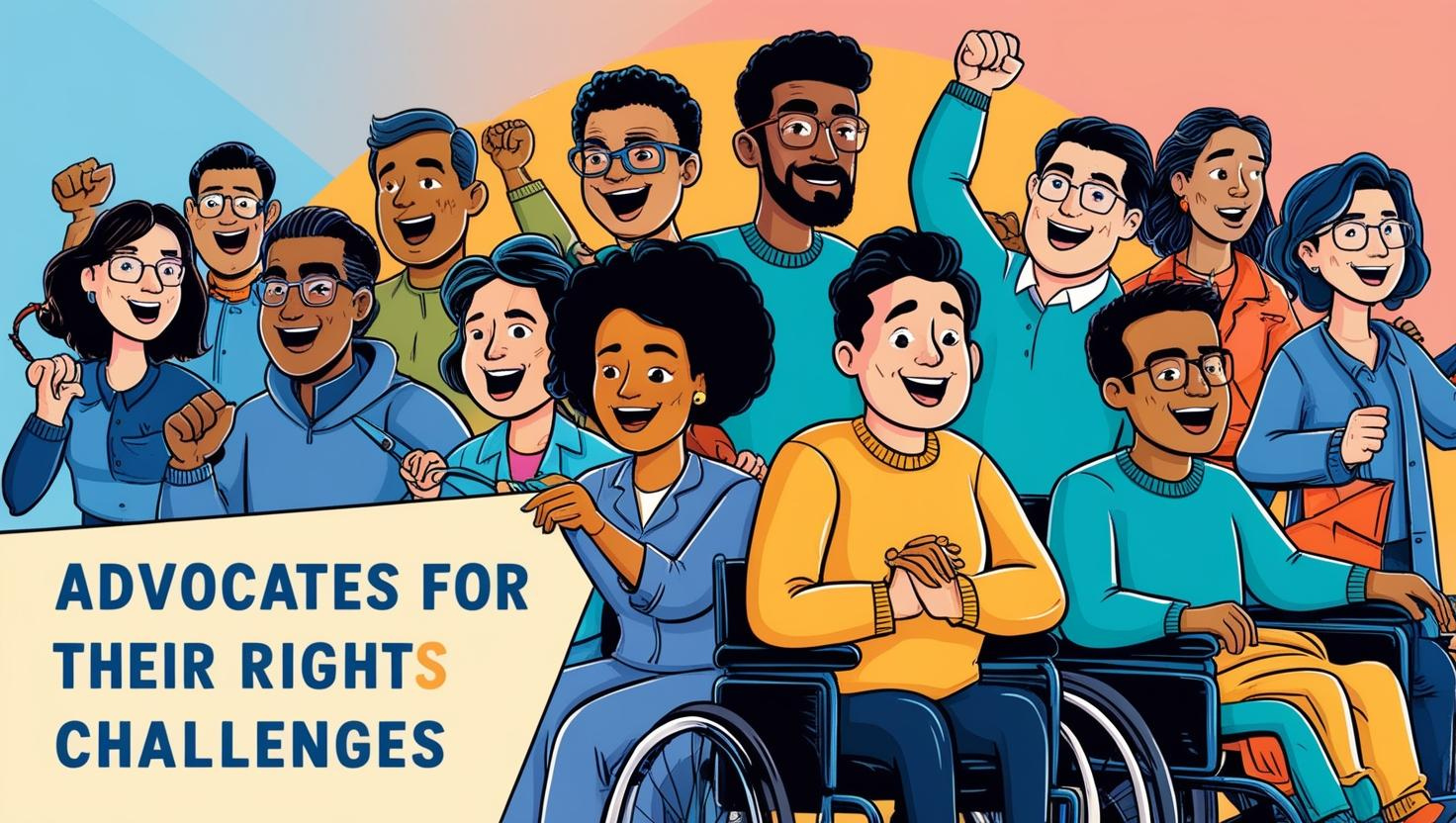

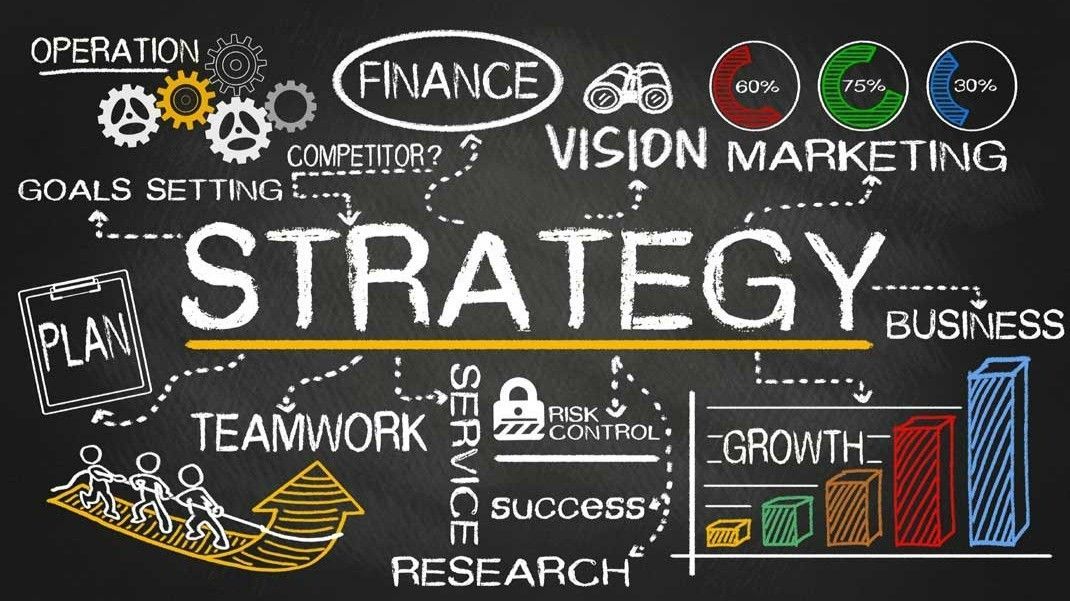
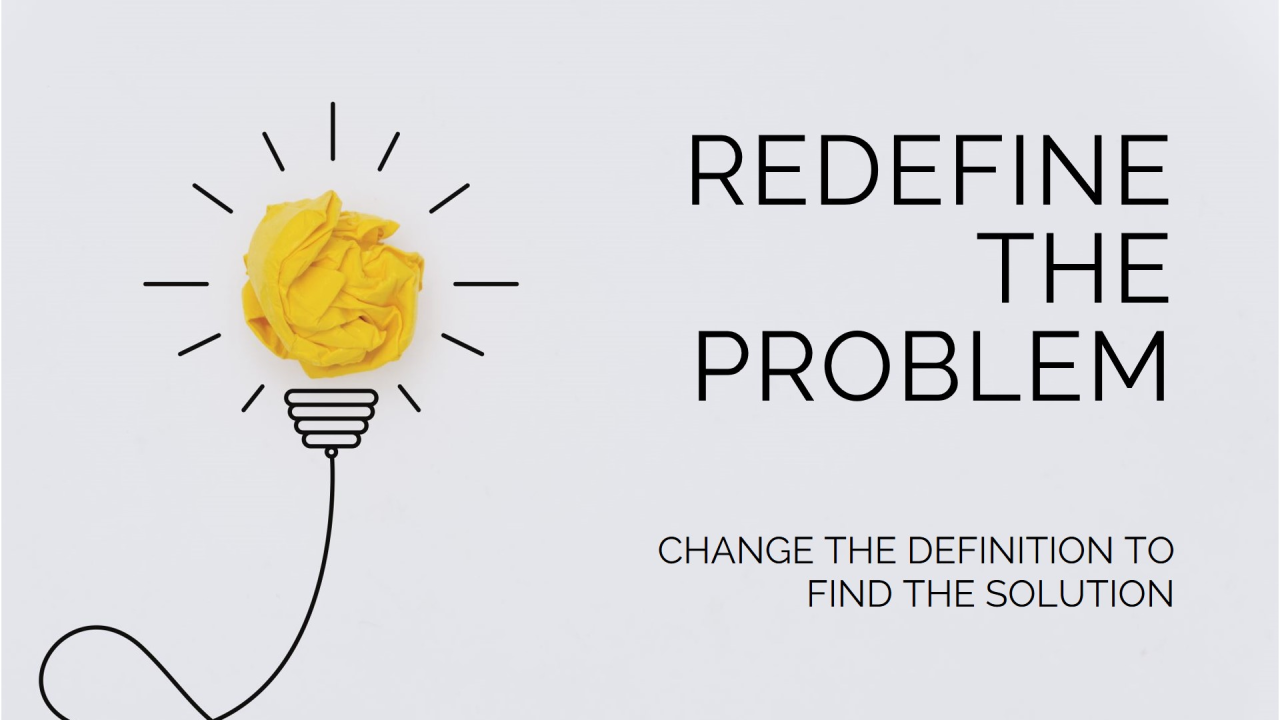

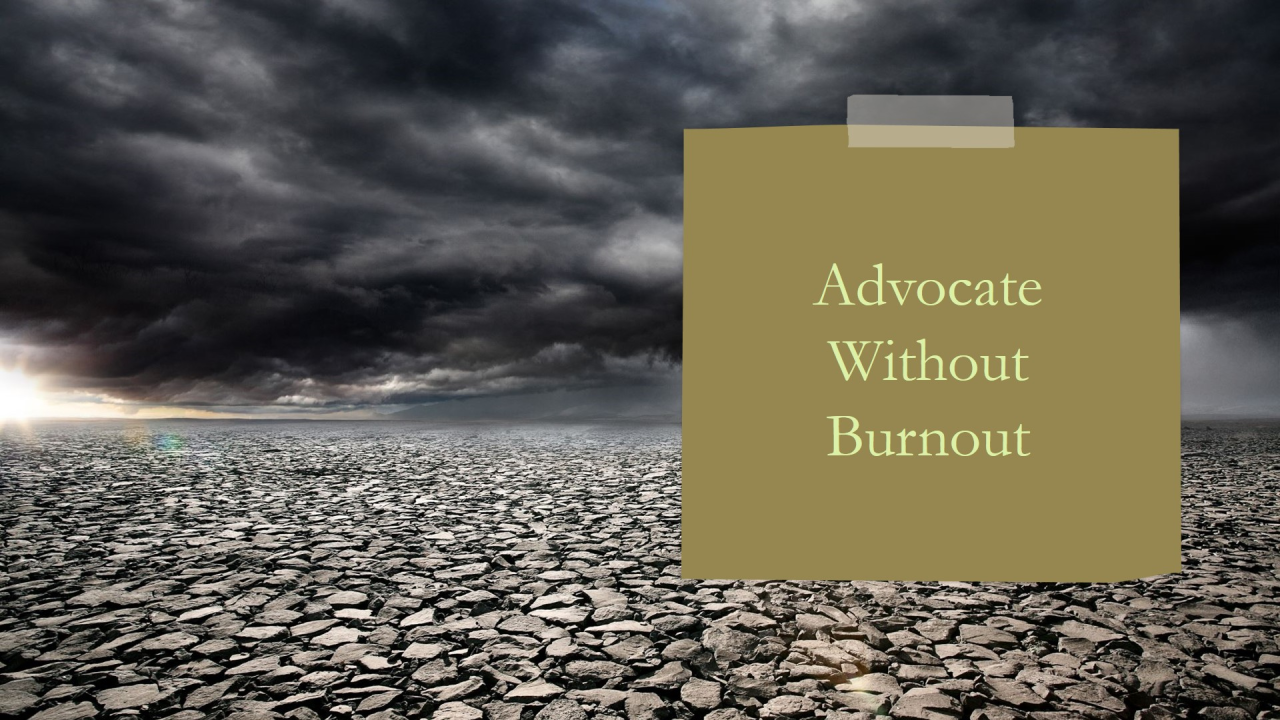
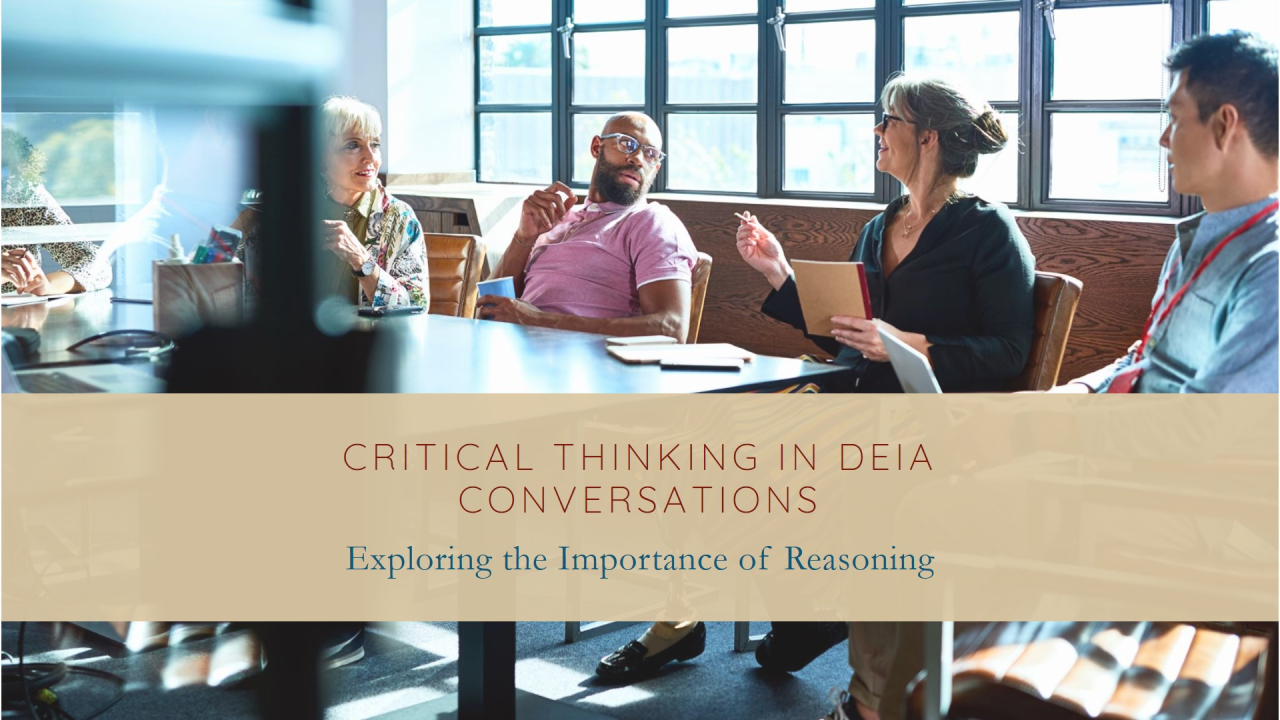
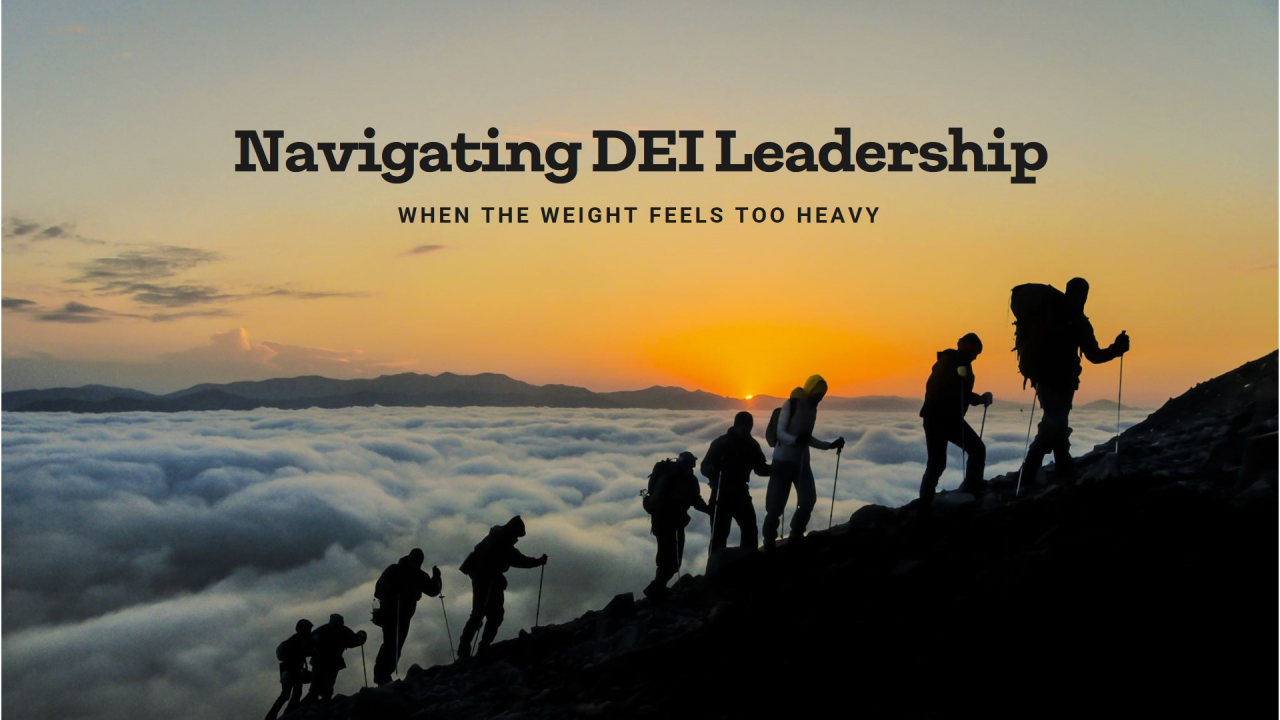
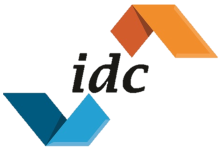
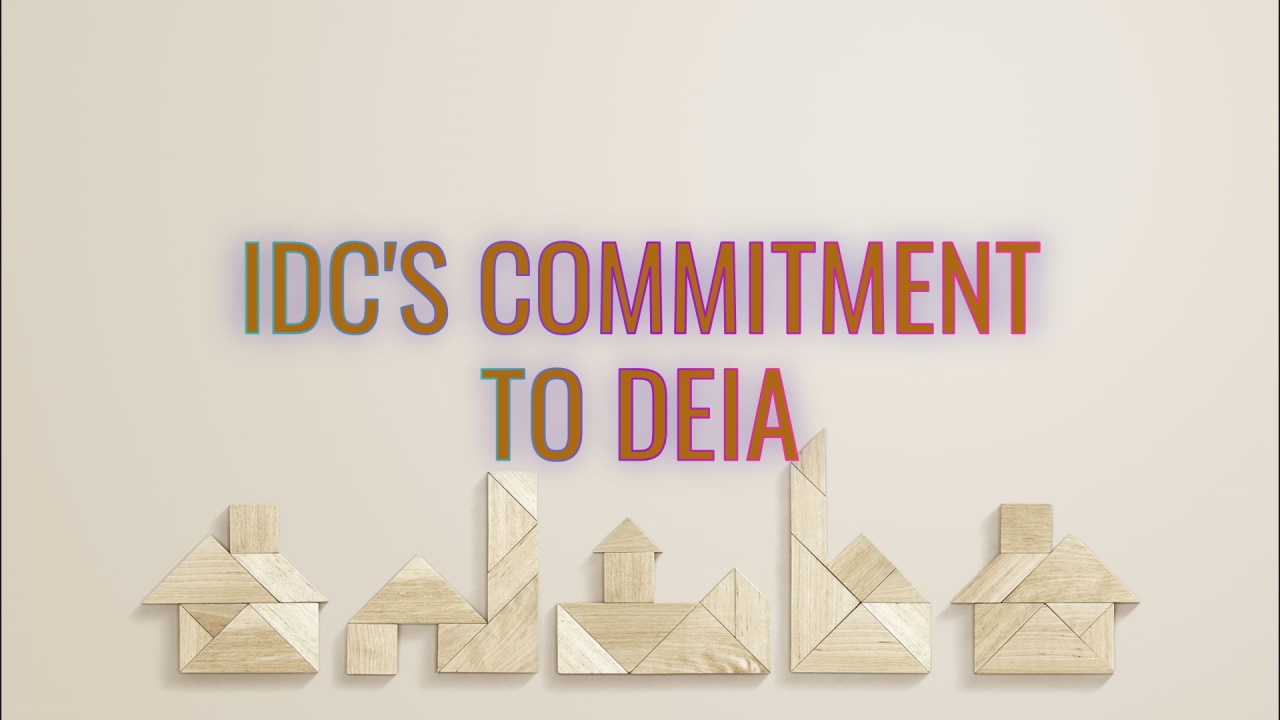
Share On: